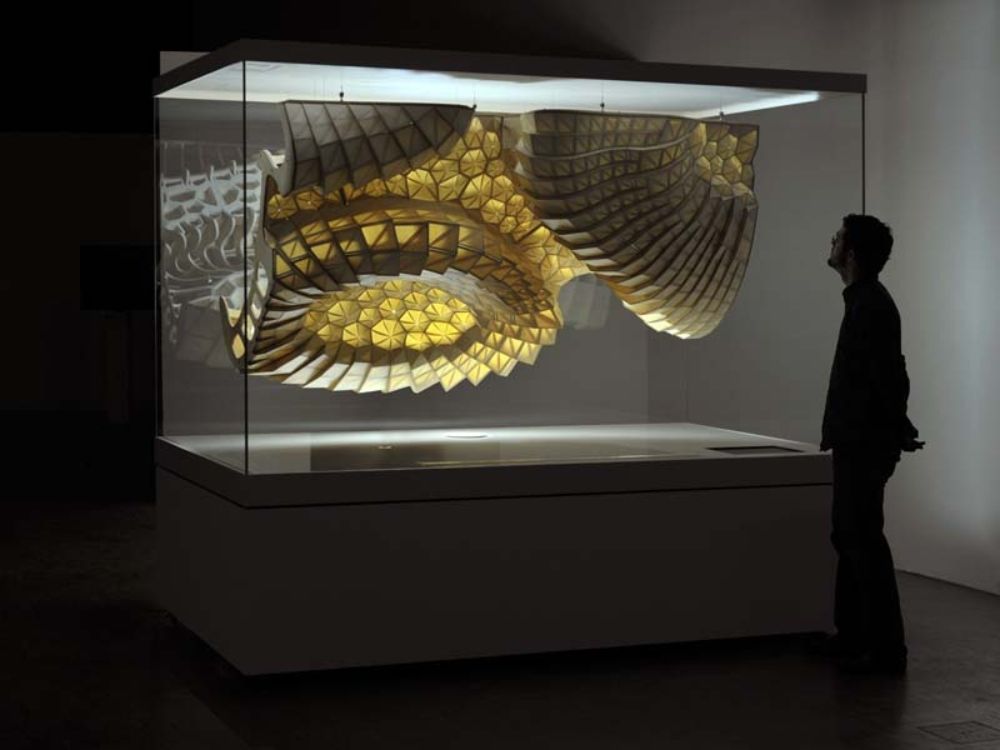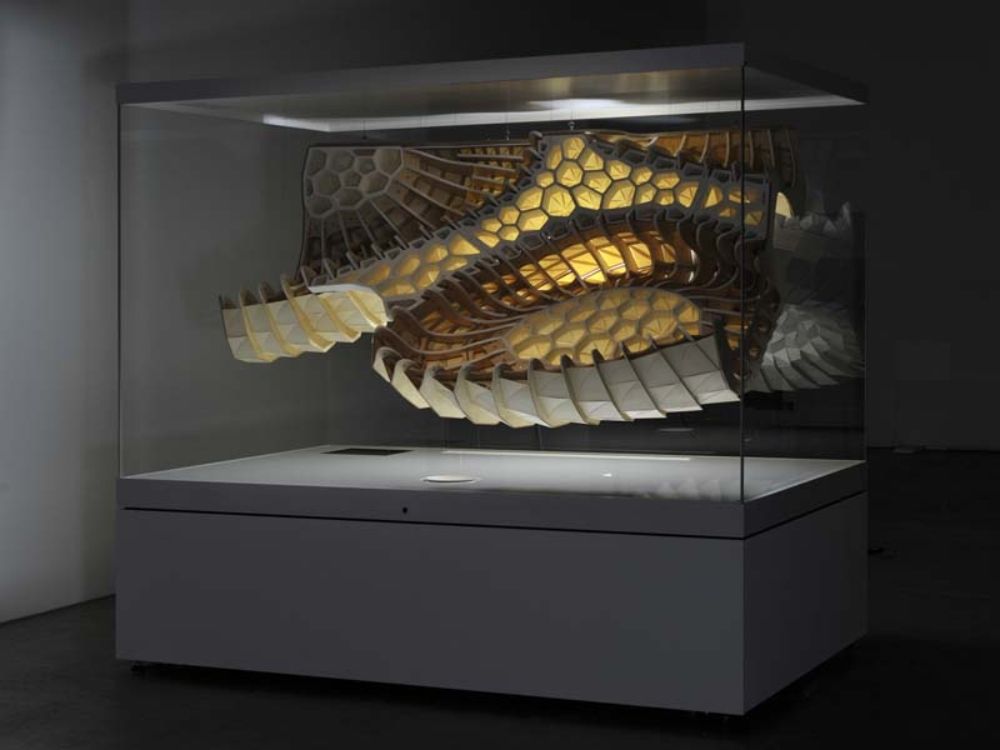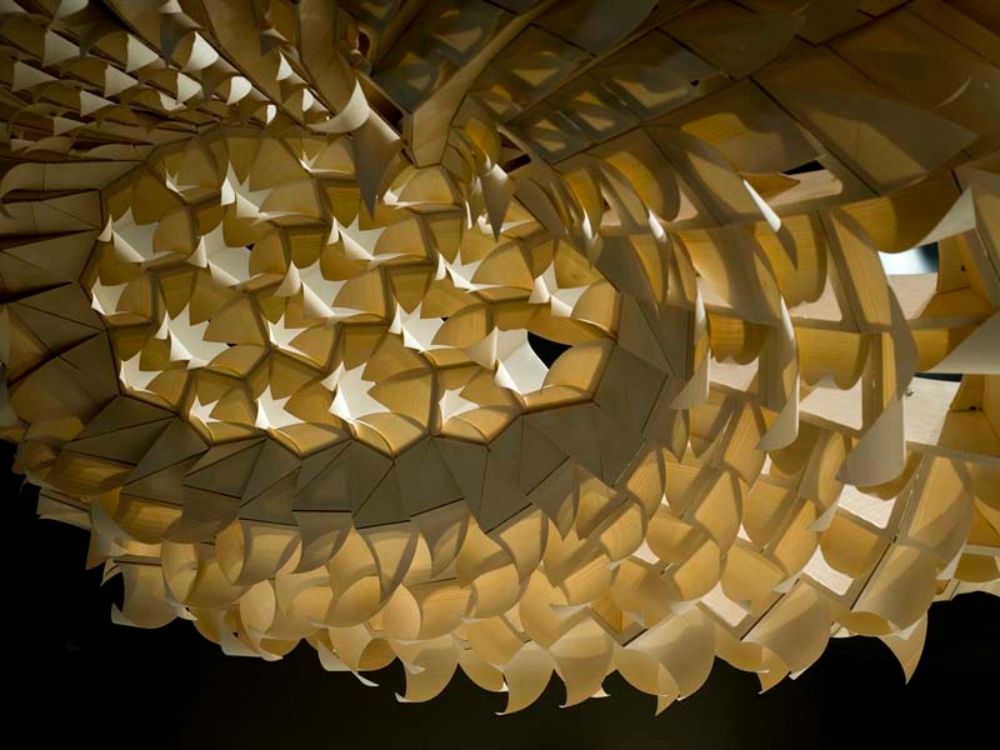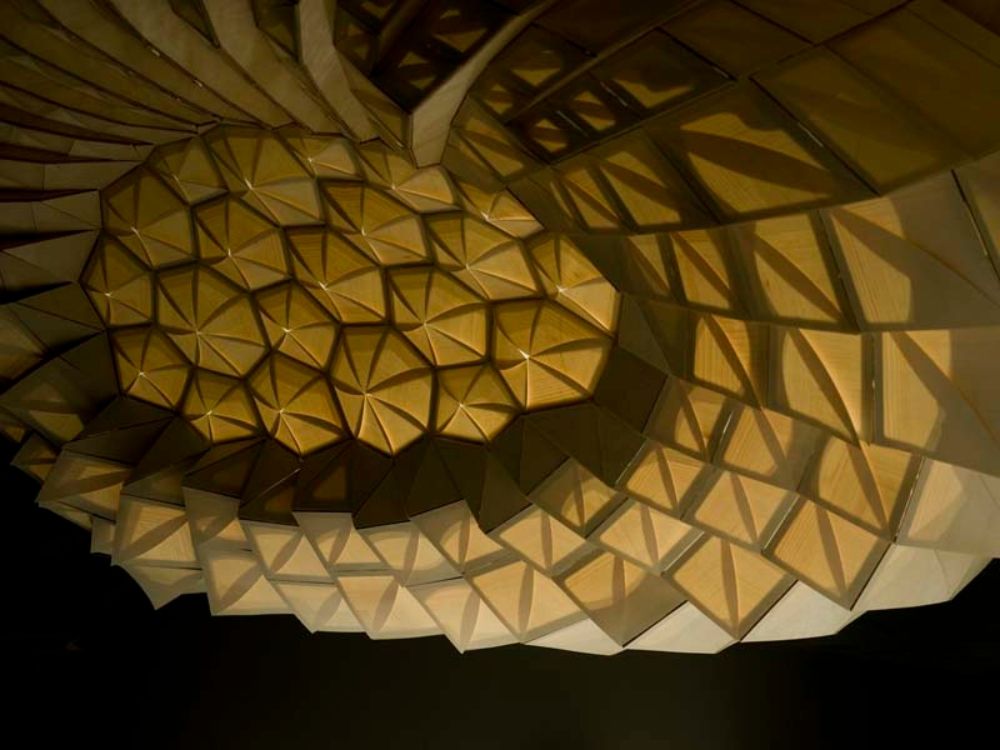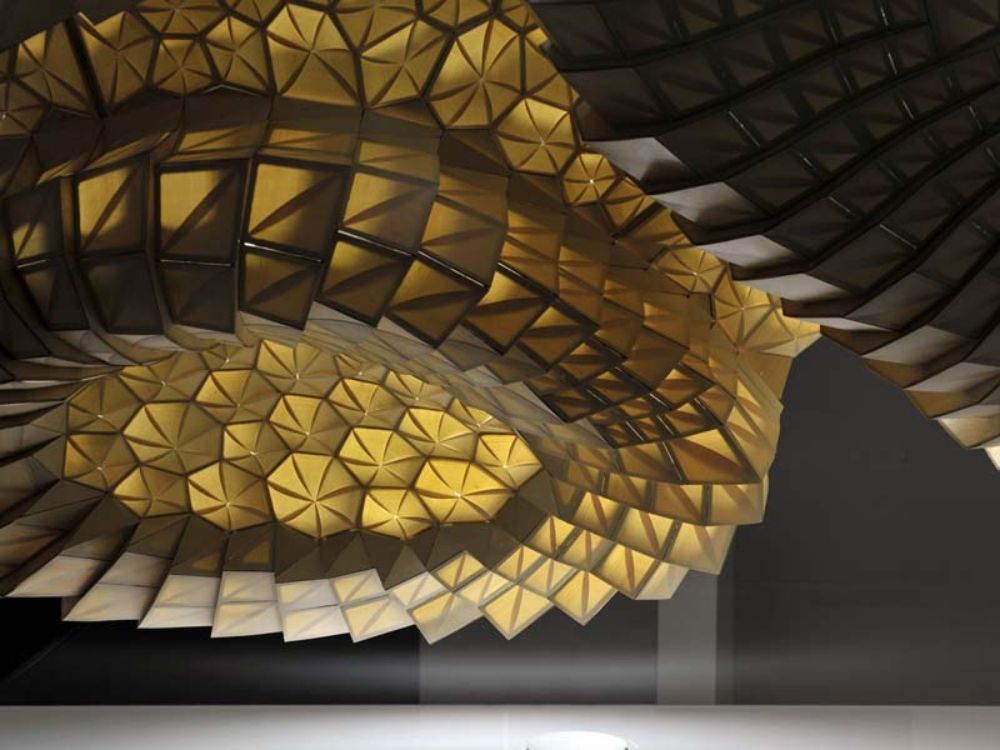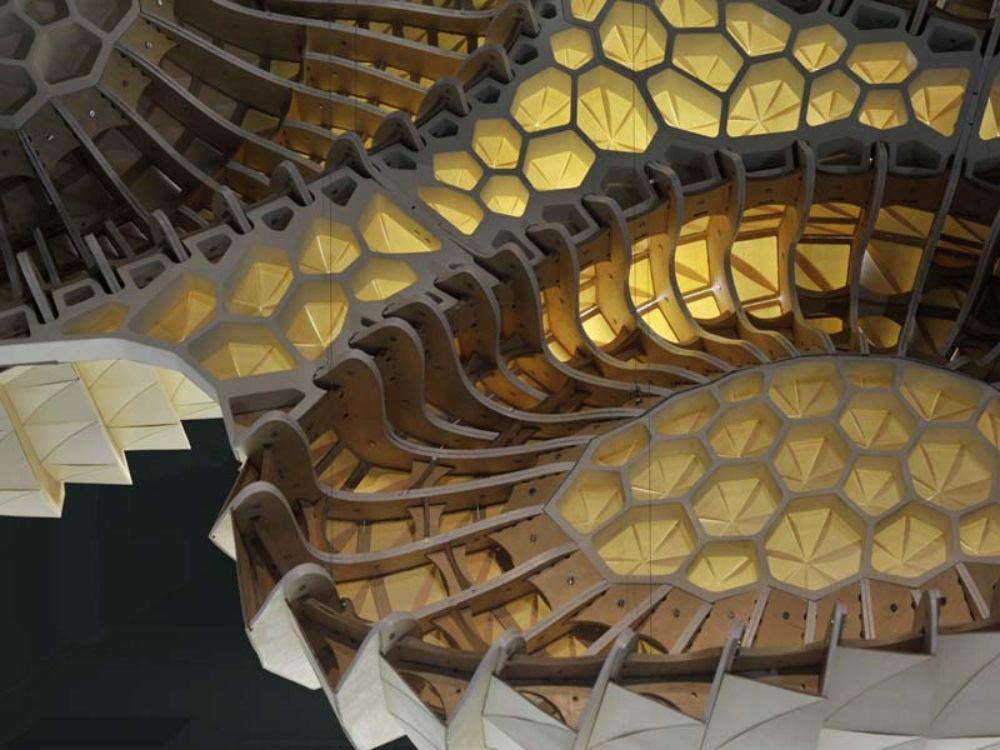Many projects and research that lie within the domain of responsive architecture, dynamic architecture, or kinetic architecture, tend to follow a non-linear approach towards design. Notably in many projects component systems are developed which are aggregated to form a system (with some modulations in dimensionality and configurations) that responds to external stimuli.
There is a constrained program or a set of parameters that drive the project, and component growth is studied and fed back into the constraints of the program. Evaluations are usually done during the component development stage and performance is calibrated after the deployment process. There is no feedback involved after the deployment, which otherwise may require high-tech sensing systems with feedback and control mechanisms. Due to this, there is a loss of energy, in the process, as well as in the project as a whole, since there are a number of projects which exhibit dynamism while claiming to be energy efficient, but lose a lot of energy for their functionality, in the process.
What is performative architecture?
Performative architecture is an approach that uses digital technologies to change and improve the design process of the built environment.
Example of performative architecture
Hygroscope, by Achim Menges/ICD Stuttgart, 2012
To deal with the complexity of projects, algorithmic design can be deployed. One project that overcomes these inadequacies is Hygroscope, by Achim Menges/ICD Stuttgart, 2012 which follows a novel approach and methodology using material computation where material behavior is studied through physical and digital tests, which feeds back the information into the geometry, which is re-visited and re-developed to create an efficient version of the base geometry, algorithmically, using the material behavior. The new geometric form is more efficient and performative towards a performative architecture.
The common approach to develop a responsive system is argued in the design research – adaptive [skins] by Sushant Verma & Pradeep Devadass / AA Em. Tech. 2011-13 where a new methodology is formulated using the existing computational powers that form the state of the art. The approach used in the Hygroscope project that deals with material computation are taken as a guideline while developing the new methodology. A series of parallel research based on smart geometric systems and smart material systems is carried out in a non-linear way, with continuous feedback networks.
Genetic algorithms are used to deal with a high degree of complexity of the multi-parametric problem while developing a component-based system. Genetic algorithms are used to create a strong feedback network in the algorithm where real-time evaluations inform the initial stages of the algorithm. For embedding real-time evaluations in the algorithm new toolsets are created by integrating some of the state-of-the-art computational tools to have a single interface where gene pool formation, evaluation, development, feedback, re-development, and re-evaluation is carried out. This is done by creating a workflow of digital simulations in a computational environment, which is able to simulate physical forces, integrated with physical tests based on materiality, leading to a material computational methodology, which is specific to the project.
The project investigates responsive building skin systems that adapt to the dynamic environmental conditions to regulate the internal conditions in a habitable space over different periods of time by exhibiting a state of motion and dynamism. Heat and Light are primary parameters for regulation leading to energy efficiency and dynamic spatial effects. Passive and active skins using shape memory alloys are developed through investigations of smart systems that integrate smart materials and smart geometries.
The precedents in this domain have rarely dealt with individually controlled multiple parameters of heat and light in a single system, which is attempted in this project. The developed systems are tested against two distinct climatic models- New Delhi and Barcelona and evaluated for performance, based on heat and light, which are quantified as solar gain and illuminance as principles, and daylight factor for evaluation purposes.
